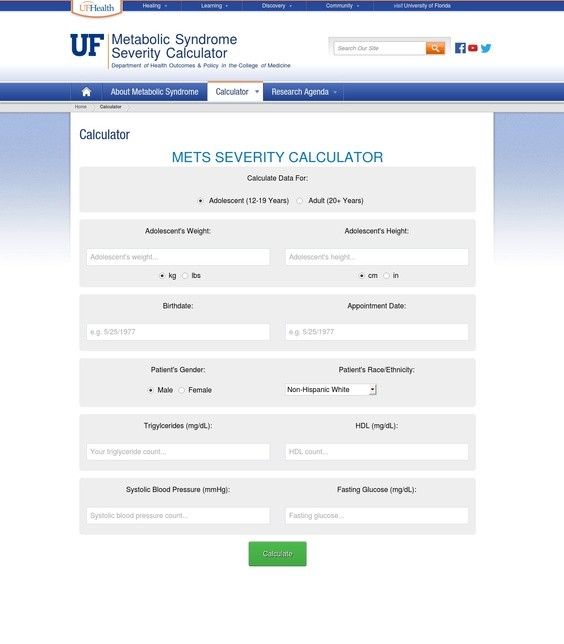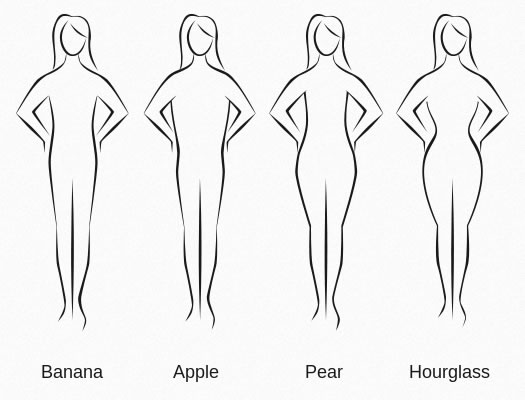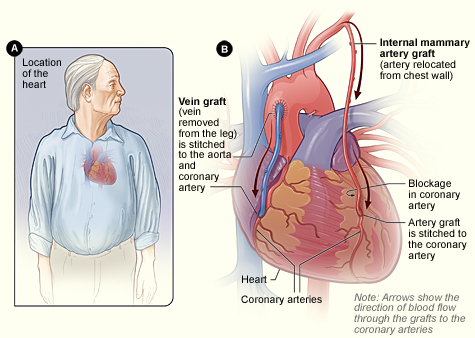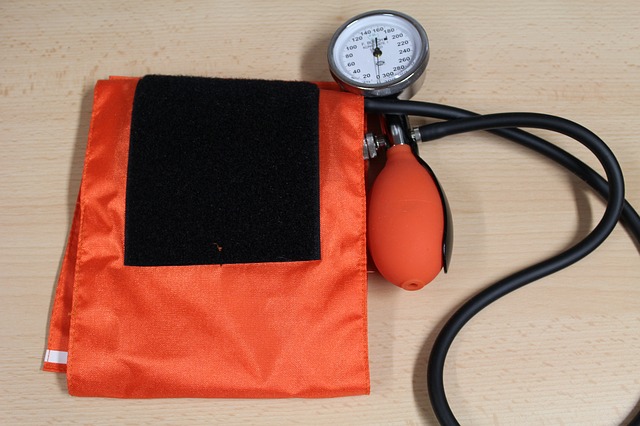January 2010 - Researchers from the Peninsula Medical School and the University of Exeter, UK, have found more evidence for a link between Bisphenol A exposure (BPA, a chemical commonly used in plastic food containers) and cardiovascular disease. The team analysed new US population data and their results are published by the online journal, PLoS ONE.
The new study uses data from NHANES 2006-2006 US population study. While the new study found that urinary BPA concentrations were one third lower than in 2003-2004, higher BPA concentrations in urine samples were still associated with heart disease in 2005-2006. Associations with some liver enzymes were also present. Their original paper in 2008 was the first to find evidence of associations between BPA and heart disease, and this new data confirms their earlier findings.
In 2008 the team believed that higher urinary BPA concentrations might be associated with adverse health effects in adults, especially in relation to liver function, insulin, diabetes and obesity. By using data from the US government's National Health and Nutrition Examination Survey (NHANES) 2004-2004, which for the first time measured urinary BPA concentrations, the research team found that a quarter of the population with the highest levels of BPA were more than twice as likely to report having heart disease or diabetes, compared to the quarter with the lowest BPA levels. They also found that higher BPA levels were associated with clinically abnormal liver enzyme concentrations.
Professor David Melzer, Professor of Epidemiology and Public Health at the Peninsula Medical School (Exeter, UK), who led the team, commented: "This is only the second analysis of BPA in a large human population sample. It has allowed us to largely confirm our original analysis and exclude the possibility that our original findings were a statistical 'blip'"
Professor Tamara Galloway, Professor of Ecotoxicology at the University of Exeter and senior author of the paper added: "We now need to investigate what causes these health risk associations in more detail and to clarify whether they are caused by BPA itself or by some other factor linked to BPA exposure.
Continue Reading Below ↓↓↓
The risks associated with exposure to BPA may be small, but they are relevant to very large numbers of people. This information is important since it provides a great opportunity for intervention to reduce the risks."
BPA is a controversial chemical commonly used in food and drink containers. It has previously caused concerns over health risks to babies, as it is present in some baby's bottles. Several nations have moved to ban BPA from the manufacture of baby's bottles and other feeding equipment.
BPA is used in polycarbonate plastic products such as refillable drinks containers, some plastic eating utensils and many other products in everyday use. It is one of the world's highest production volume chemicals, with over 2.2 million tonnes (6.4 billion pounds) produced annually, and it is detectable in the bodies of more than 90% of the population.
Source: The Peninsula College of Medicine and Dentistry











